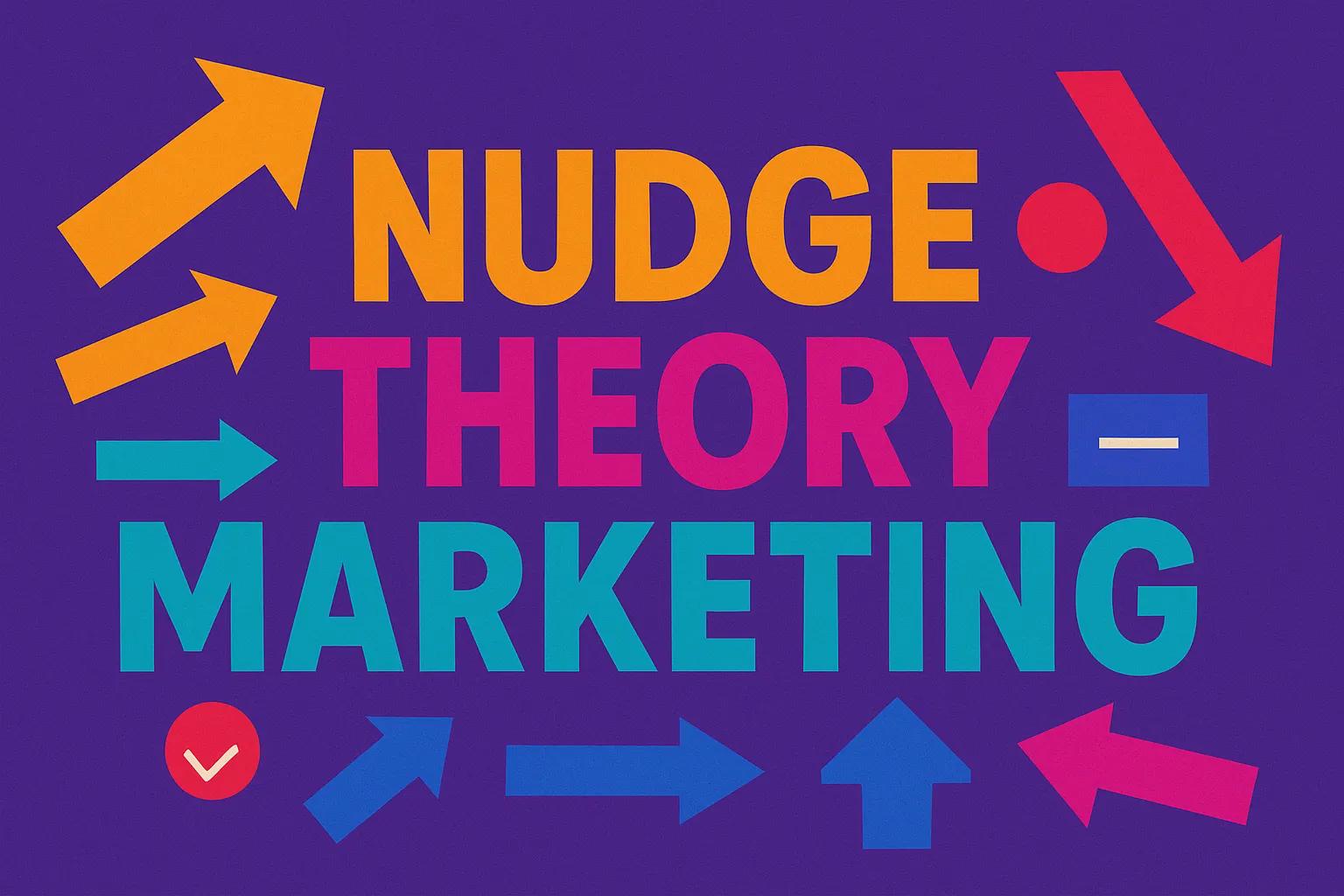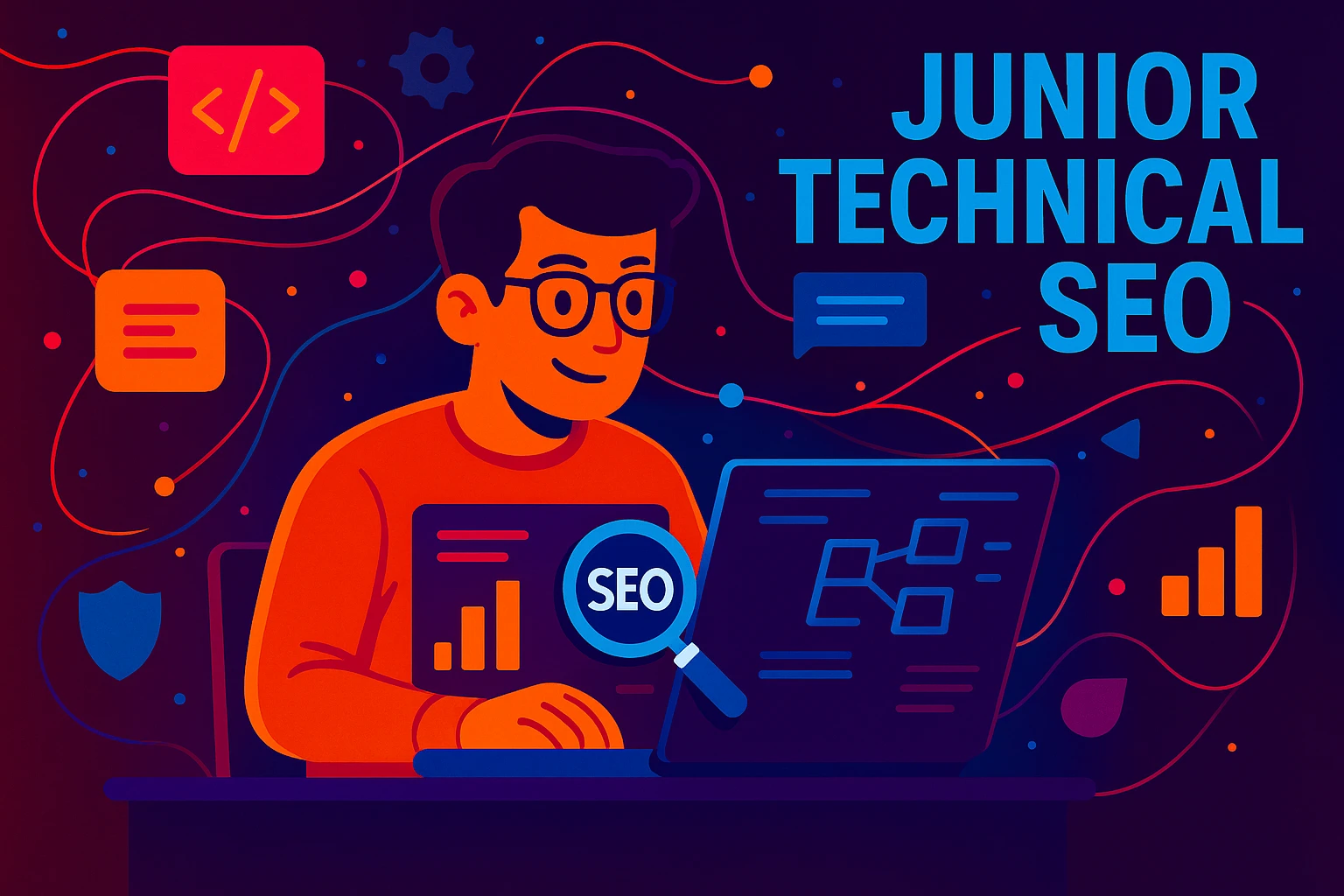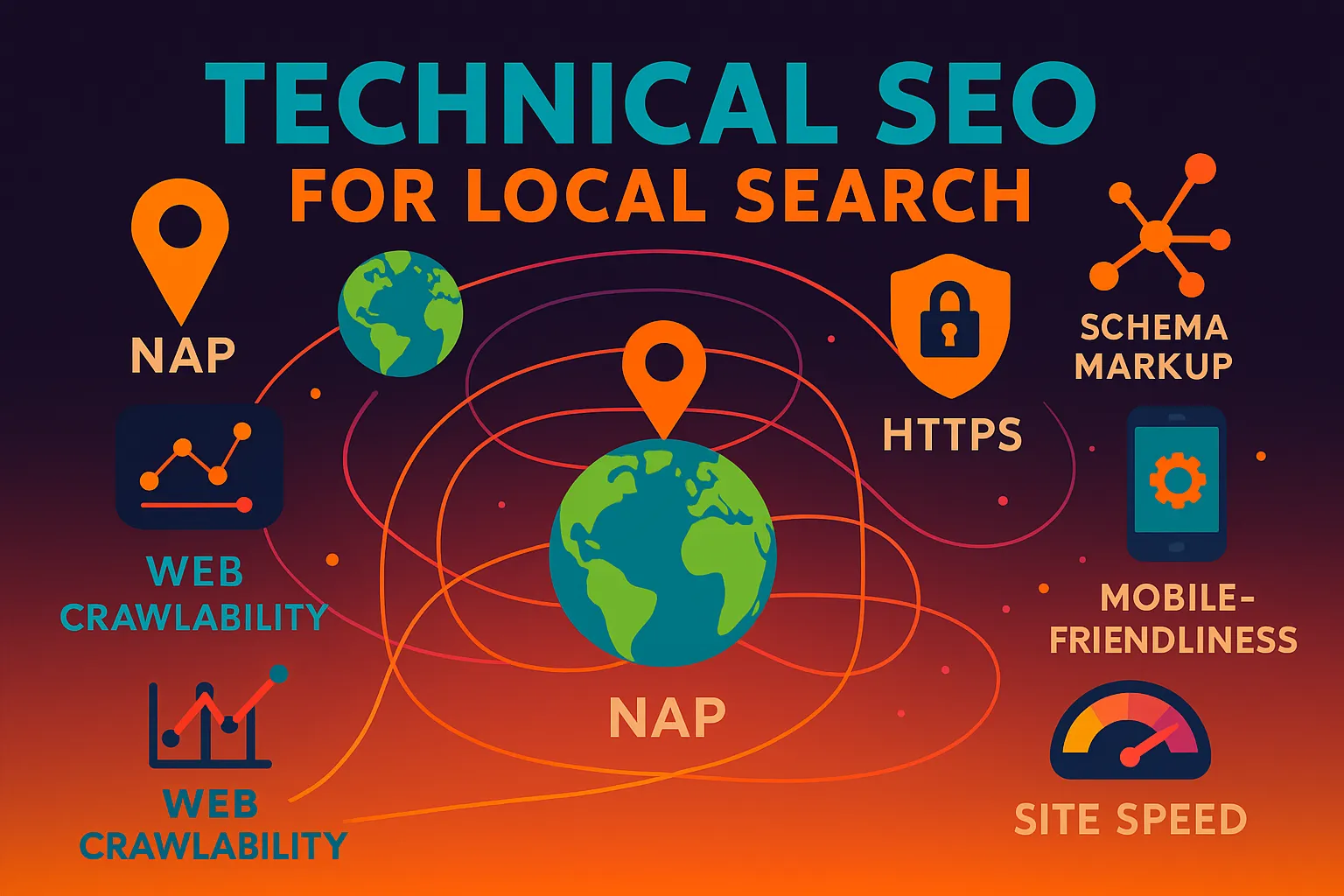What “nudge theory marketing” means
At its heart, nudge theory marketing is the art of presenting choices so that people’s natural decision shortcuts guide them to a beneficial outcome—no force, no trickery, just smart choice architecture. The decoy effect is one of its most reliable tools: introduce a third, clearly inferior offer and the option you want customers to choose suddenly looks irresistible.
TL;DR — What You’ll Learn in This Post
- A single “decoy” offer can quietly nudge customers to pick your higher‑margin product.
- Adding one overpriced or under‑featured option raised sales 43 % at The Economist and 100 % at Williams‑Sonoma.
- I’ve applied the same tactic for Vibe Branding’s clients for a decade—average order values jump 15‑30 % with zero pushy upselling.
- Done right, nudge theory marketing keeps buyers happy because they feel they found the “smart” deal themselves.
- Below you’ll learn the psychology, see real numbers, and get a step‑by‑step playbook to add a persuasive decoy to your own pricing.
My first brush with decoys
When I launched Vibe Branding ten years ago, I priced our web‑design packages in the classic bronze‑silver‑gold tiers. Most clients picked bronze.
Only after I inserted a “platinum” tier—flashy but overpriced—did silver become the hero. Conversions on the mid‑tier leapt 28 % and clients felt proud they had found the “value” plan.
That experience sparked my fascination with nudge theory marketing, and I’ve been refining it ever since.
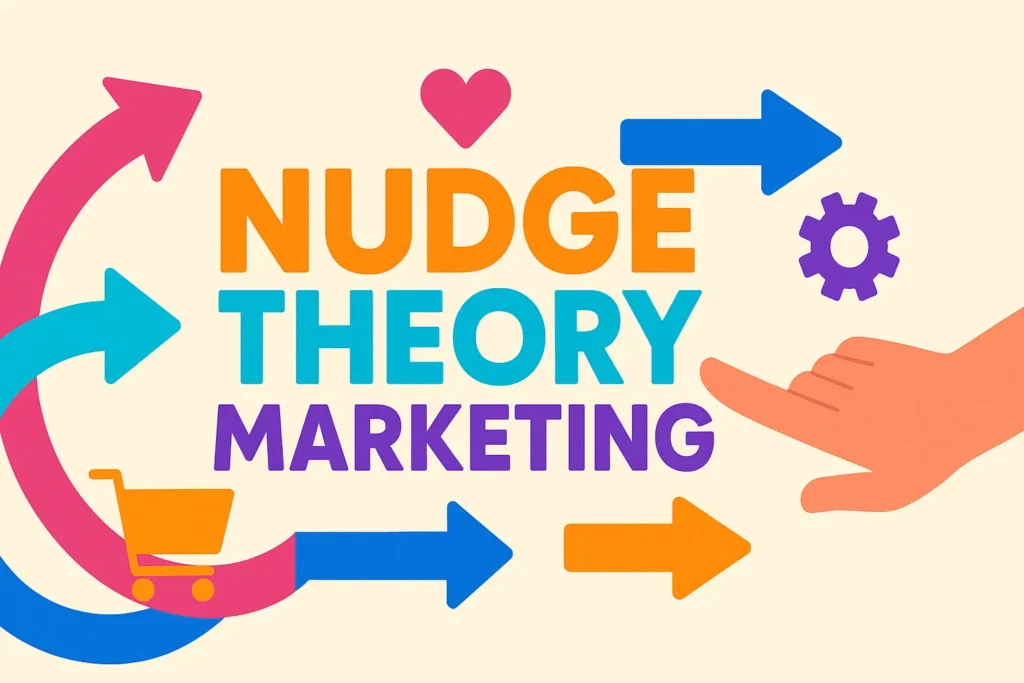
Why the brain loves a decoy
Our minds compare, anchor, and search for the obvious bargain. A decoy exploits those habits by being almost as pricey as the target yet clearly worse at a glance.
Research from The Decision Lab calls this asymmetric dominance—the target dominates the decoy on every feature but only partly outweighs the cheap baseline offer. As soon as buyers spot that dominance, the decision feels effortless—and you enjoy the higher ticket.
Proof it works in the real world
The Economist tripled its print‑plus‑web uptake by sliding in a pointless print‑only subscription; revenue climbed 43 %. Williams‑Sonoma doubled bread‑maker sales after adding a deluxe model nobody really wanted.
At the movies, a $6.50 “medium” popcorn exists mainly to make the $7 large look like a steal. Starbucks does the same with its Grande cup so the Venti feels like better value for just 50 ¢ more.
In crowdfunding experiments, a digital decoy shifted pledge preferences up to 28 % toward higher tiers.
Case Study | Decoy Setup | Lift in Premium Choice |
Crowdfunding rewards | Over‑priced mid‑tier | 18.8–28.2 % |
Williams‑Sonoma bread maker | $429 deluxe vs. $275 standard | ≈100 % |
The Economist subs | $125 print‑only vs. $125 print+web | 43 % |
What the numbers look like
The chart below visualizes how three well‑documented decoy tests boosted the share of higher‑priced options. Even a modest 22 % shift can add thousands in monthly profit for an SME; in my agency’s Shopify accounts, that has meant five‑figure lifts without extra ad spend.
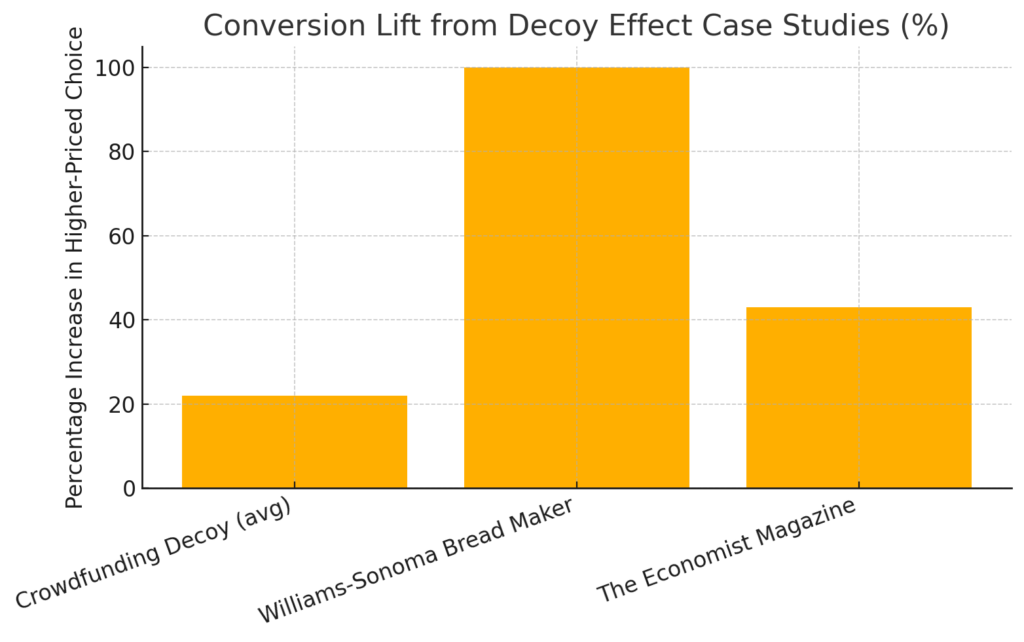
How I deploy decoys for clients
In practice I craft three‑tier menus where the middle “Gold” plan is my target. I price a “Diamond” decoy just 10–15 % higher yet strip away a key perk—priority support, for instance.
The optical trick drives 60 % of sign‑ups into Gold. I always A/B‑test, because the sweet spot varies: restaurants respond to $0.50 gaps, SaaS tools need $10‑$20.
The magic phrase I teach is “almost the same price, clearly better value.” That sentence guides our copywriters and our designers when they structure call‑outs, font weights, and color badges.
Pitfalls I’ve learned to dodge
Make the decoy plausible. If it’s laughably bad, buyers feel manipulated.
Likewise, refresh the lineup quarterly; habituation blunts the effect. Finally, keep ethics front‑and‑center: every option must be deliverable, and the target must truly delight.
Long‑term relationships beat short‑term bumps, a lesson etched into our culture page at Vibe Branding.
Bringing it all together
A decade in, I still marvel at how a single line of text or a $1 nudge can tilt a whole conversion curve. Nudge theory marketing doesn’t strong‑arm anyone; it simply frames choices so the win‑win path shines brightest.
If you’re ready to lift your average order value on auto‑pilot, maybe it’s time to recruit a helpful “ugly brother” for your pricing, too.

